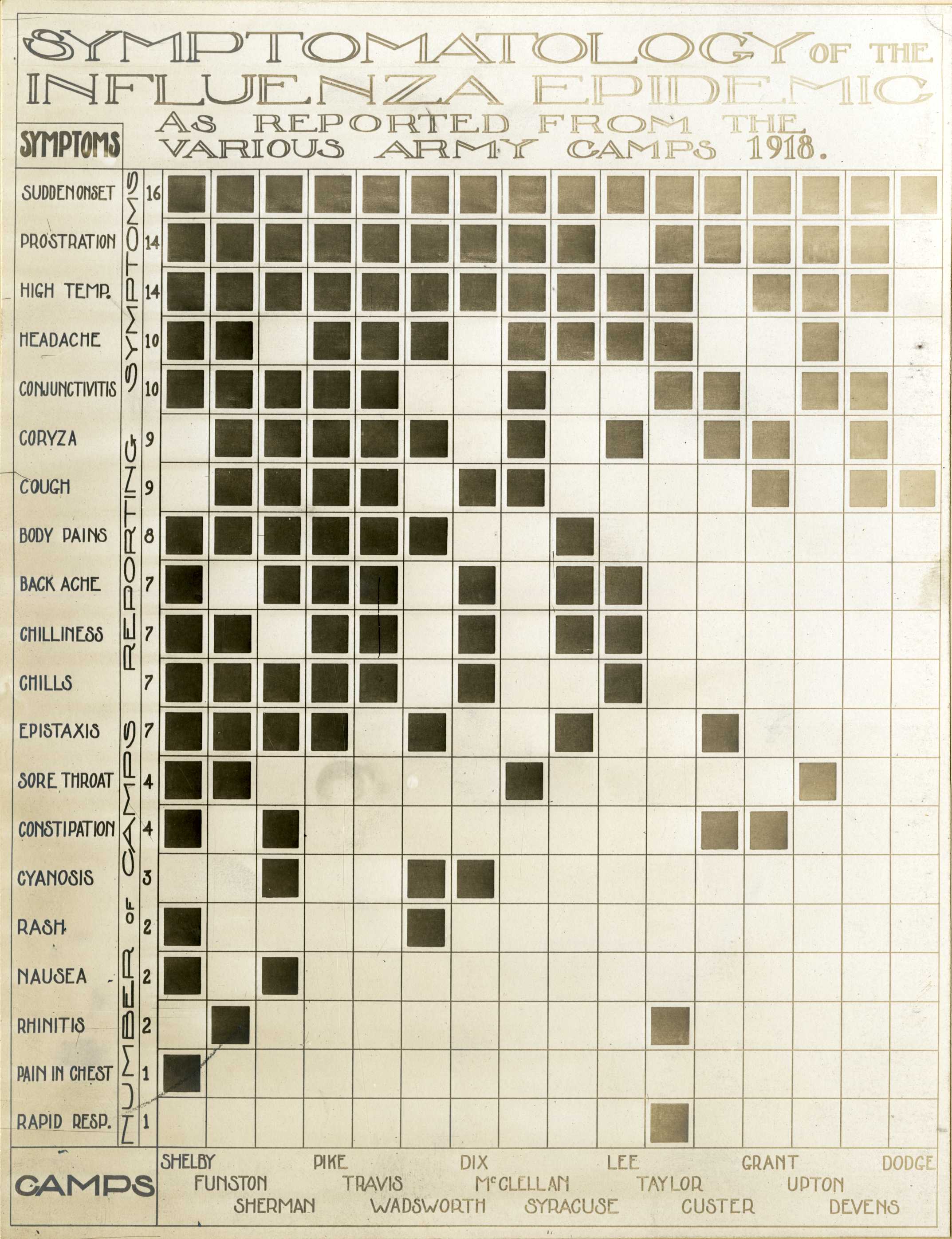
Photo from academic.microsoft.com
OBJECTIVE To illustrate and discuss current and proposed new concepts of effect size (ES) quantification and significance, with a focus on statistical and clinical/subjective interpretation and supported by empirical examples.… Click to show full abstract
OBJECTIVE To illustrate and discuss current and proposed new concepts of effect size (ES) quantification and significance, with a focus on statistical and clinical/subjective interpretation and supported by empirical examples. STUDY DESIGN AND SETTINGS Different methods for determining minimal clinically important differences (MCIDs) are reviewed, applied to practical examples (pain score differences in knee osteoarthritis), and further developed. Their characteristics, advantages, and disadvantages are illustrated and discussed. RESULTS Empirical score differences between verum and placebo become statistically significant if sample sizes are sufficiently large. MCIDs, by contrast, are defined by patients' perceptions. MCIDs obtained by the most common "mean change method" can be expressed as absolute or relative scores, as different ES parameters, and as the optimal cutoff point on the receiver operating characteristic curve. They can further be modeled by linear and logistic regression, adjusting for potential confounders. CONCLUSION Absolute and relative MCIDs are easy to interpret and apply to data of investigative studies. MCIDs expressed as effect sizes reduce bias, which mainly results from dependency on the baseline score. Multivariate linear and logistic regression modeling further reduces bias. Anchor-based methods use clinical/subjective perception to define MCIDs and should be clearly differentiated from distribution-based methods that provide statistical significance only.
Journal Title: Journal of clinical epidemiology
Year Published: 2017
Link to full text (if available)
Share on Social Media: Sign Up to like & get
recommendations!